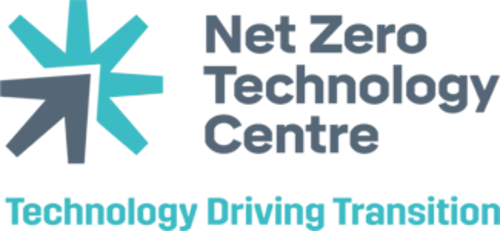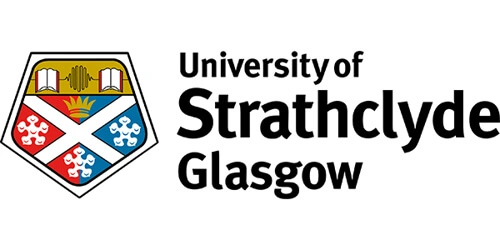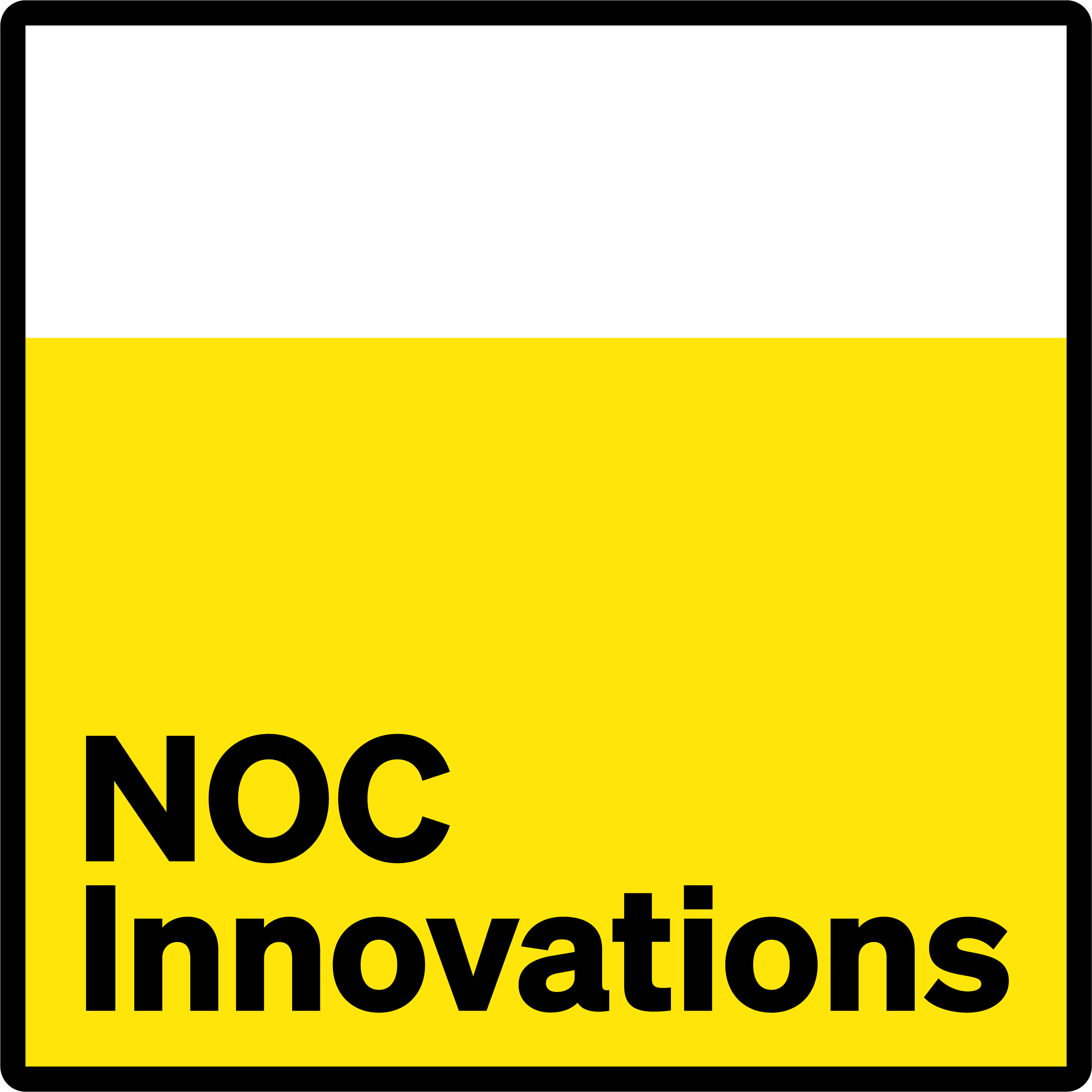With the rise of cyber-attacks and the many disruptive consequences these are causing businesses (financial instability, loss of information, data, equipment and even clients, as well as ultimately reputation damage); Cyber Resilience (CR) is becoming a top priority for many organisations.
Digital Twin (DT) technology is also projected to grow at a steady rate in coming years as its digital models are beginning to offer companies a practical and novel approach to analysis, monitoring and simulation.
In this thought leadership article, Cyber-Physical Systems Lead, Dr. Andrei Petrovski, explains the integral role of cyber resilience in digital twin technology as it ensures the security and integrity of the virtual models that simulate real-world systems and processes.
How would you define Cyber Resilience?
Cyber resilience is an important but often overlooked concept – we hear the term “cyber security” all the time, which is more generic and refers to the security of information technologies mostly dealing with data. Cyber resilience (and a related notion of cyber safety) is mentioned in the context of Operational Technologies mostly concerned with processes rather than data.
Cyber resilience enables an organisation to prepare for, respond to, and quickly recover from cyber incidents, such as cyber-attacks, natural disasters, or human errors. The goal of CR is to maintain essential operational functions and restore them quickly after a cyber incident, allowing the organisation to continue operating with minimal disruption. Cyber resilience involves a combination of diagnostic, maintenance, corrective and preventative controls to protect critical systems, processes, and data to attain business continuity.
What is intended by Digital Twin Technology?
Digital twin technology is designed to replicate physical processes or objects in a virtual environment, allowing for the modelling of objects and optimisation of processes, as well as the collection of associated data that can be used to make estimations and predictions of future performance. This technology serves as an interface between the physical and digital worlds, enabling the simulation of processes and systems before they are physically developed and deployed. The primary purpose of digital twin technology is to improve the efficiency and effectiveness of various industries by leveraging the power of data analytics, artificial intelligence, and the Internet of Things (IoT).
Why is Cyber Resilience so important in Digital Twin Technology?
Cyber resilience plays a substantial role in digital twin technology as it ensures the integrity and security of the virtual models that simulate real-world systems and processes. Digital twins are complex systems that integrate physical and cyber components, making them vulnerable to various cyber threats. Cyber resilience of digital twins is essential to prevent and mitigate these threats, ensuring the continued operation and reliability of the modelled systems and processes. By incorporating CR into DT technology, organisations can ensure the safe and secure operation of these complex systems, which are critical for decision-making and strategic planning in various industries.
What approaches are available to improve Cyber Resilience and prevent cyber-attacks?
Common approaches to enhancing cyber resilience in general, and in the context of digital twin technology, include the following measures:
Ensuring Data Integrity: data used to create and update digital twins needs to be accurate and reliable, preventing manipulation or corruption that could lead to incorrect modelling and analysis of systems and processes.
Preventing Unauthorised Access: prohibiting unauthorized access to sensitive data and virtual systems, which could be exploited by cybercriminals to gain or manipulate control over physical objects or systems.
Malware Protection: mitigation against malware attacks that could compromise the integrity and availability of digital twins.
Continuous Monitoring and Adaptation: monitoring the cyber threat landscape and adapting to new and emerging threats to ensure the operational environment remains secure.
DT-to-DT Communication: addresses the potential risks associated with the communication between inter-connected digital twins, which could increase the attack surface and the potential impact of a cyber-attack.
How do you ensure the security of national/critical infrastructure whilst enabling Digital Twin Technology?
To ensure the security of national or critical infrastructure whilst enabling DT technology, a comprehensive approach is needed to address both cyber security and cyber resilience aspects. Such an approach can be based on the following key strategies:
Implementing a Digital Twin Conceptual Framework: the framework is specifically designed for critical infrastructures to enhance resilience capabilities, which include infrastructure characteristics, crisis management, and resilience measures.
Resilience in Critical Infrastructures: strengthening the resilience of critical infrastructures to withstand various disruptions, including extreme weather events, mechanical failures, human errors, accidents, attacks, and unforeseen events.
Digital Twins for Infrastructure Resilience: leveraging DT as a tool to monitor, analyse, control, and optimise critical infrastructure systems throughout their lifecycle.
Scenario Recording and Simulation: developing or adapting various scenarios within the digital twin framework to analyse weaknesses, risks and emergent behaviours of modelled systems and processes; simulators based on virtual clones can serve as valuable tools for experiments, optimisation, and preparation for rare events and crisis situations.
Real-Time Monitoring and Analysis: utilising DTs' real-time monitoring and analysis capabilities to prevent cyber-attacks by learning the behaviour of attackers; developing skills and strategies to prepare the infrastructure for disruptions of unknown nature, monitor anomalies, respond and recover in real-time.
By integrating these strategies, organisations can effectively secure national or critical infrastructure whilst harnessing the benefits of DT technology to enhance resilience, optimise performance, and ensure the continuity of essential services in the face of evolving cyber threats and disruptions.
What are the pros and cons of using Digital Twin Technology for subsea asset integrity?
Pros:
- Enables predictive maintenance by continuously monitoring the condition of subsea components and predicting when maintenance or replacement will be needed. This can reduce costly unplanned downtime.
- Allows testing and validation of processes and systems in a virtual environment before physical deployment, accelerating production time and reducing risks.
- Provides real-time remote monitoring of subsea systems, reducing the need for costly in-person inspections.
- Helps analyse data to identify underperforming parts of the subsea system and optimise maintenance plans.
Cons:
- Requires robust data security protocols to protect the large amounts of data collected from numerous integration endpoints, which represent potential security vulnerabilities.
- Depends on high-quality data from sensors and networks, which can be challenging in the harsh subsea environment with unreliable connections.
- Requires new skills and ways of working for staff to effectively utilise and interpret the digital twin models.
- Implementing digital twin technology can be a significant investment, and the anticipated business impact must be carefully evaluated to justify the costs.
Overall, DT technology has significant potential to improve subsea asset integrity through predictive maintenance, virtual testing, and remote monitoring. However, companies must address data security, data quality, and workforce readiness challenges to successfully implement this technology.
How can Digital Twin Technology support the energy transition?
Digital twin technology can support the energy transition by:
- Enabling predictive maintenance and optimisation of renewable energy assets - digital twins can continuously monitor the condition of renewable energy assets like wind turbines and solar panels and predict when maintenance or replacement will be needed. Also, digital twins can be used to optimise the performance and efficiency of renewable energy systems by simulating different operating scenarios.
- Accelerating integration of new renewable energy technologies - digital twins allow new renewable energy technologies and control systems to be thoroughly tested and validated in a virtual environment before physical deployment; this would reduce risks and speed up the integration process. Digital twins can also help analyse data to identify the optimal placement and configuration of new renewable energy assets on the grid.
- Improving grid stability and resilience - digital twins can model the entire energy network, including renewable generation, storage, and distribution, to help distribution companies optimise the grid during peaks or load-balancing events. This would allow for scenario testing and predictive maintenance to avoid system failures and ensure grid stability as more renewable energy is integrated.
- Enabling data-driven decision-making - by creating detailed digital replicas of energy assets and systems, digital twins provide a wealth of real-time data that can be analysed to gain insights and make more informed decisions. Advanced analytics and AI/ML techniques can be applied to digital twin data to further optimise operations and identify new opportunities for improvement.
Overall, digital twin technology might be a potent enabler for the transition to renewable energy by improving the performance, integration, and resilience of renewable energy systems and the broader energy grid.
What type of businesses could benefit from engaging with the Cyber-Physical Systems team at the National Subsea Centre (NSC)?
Quite a few types of businesses could benefit from engaging with the Cyber-Physical Systems team at the NSC:
- Critical Infrastructure providers - businesses that operate critical national or regional infrastructure, such as energy, utilities, transportation, and telecommunications, could benefit from the cyber resilience and security aspects of cyber-physical systems.
- Manufacturing and Industry 4.0 companies - manufacturers that want to leverage technologies such as IoT, digital twins, robotics, and automation to optimise their operations and enable smart manufacturing can also benefit from cyber-physical systems expertise.
- Maritime, Aerospace and Automotive companies – businesses in the transport sectors that rely on advanced control systems, autonomous vehicles, and other cyber-physical technologies can leverage our team's knowledge.
- Smart City developers - companies involved in building smart city infrastructure, such as intelligent buildings, transportation systems, and utility networks, can leverage the cyber-physical systems expertise.
- Aqua- and Agri-culture and Precision Farming businesses - farms and agricultural companies that integrate cyber-physical systems for precision farming, autonomous equipment, and supply chain optimisation can benefit from our team's support.
By engaging with the Cyber-Physical Systems team, these businesses can gain insights into the latest developments, best practices, and strategies for implementing secure and resilient Cyber-Physical Systems to drive innovation and competitive advantage in their respective industries.
What Digital Twin projects is the National Subsea Centre involved in?
The National Subsea Centre is involved in several digital twin projects, including:
- Cyber-Physical System Programme: the programme at the NSC focuses on developing cutting-edge capabilities to maintain and protect equipment, assets, and infrastructures of the marine industry through the convergence of operational and information technologies. Digital twins are likely to play a crucial role in this research, enhancing the resilience and security of critical systems.
- Transparent Ocean Programme: the programme focuses on developing advanced capabilities for detecting, monitoring, and understanding subsea and marine activities, including the condition of supporting infrastructures and surrounding environments. Digital twins play a role in this research, enhancing the understanding of subsea systems and their interactions with the environment.
These projects demonstrate the NSC's commitment to advancing digital twin technology in various applications, from subsea maintenance to energy management and sustainability initiatives.
To discover more about how our Cyber-Physical Systems team is solving real-world problems and the other impactful research projects that are currently being undertaken, view our dedicated Cyber-Physical Systems webpage.








